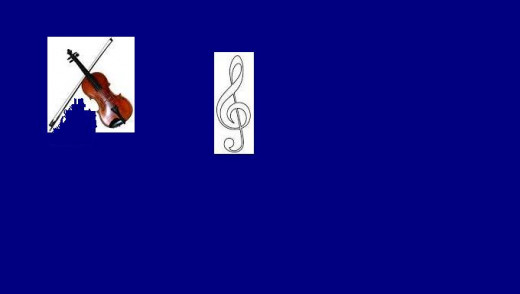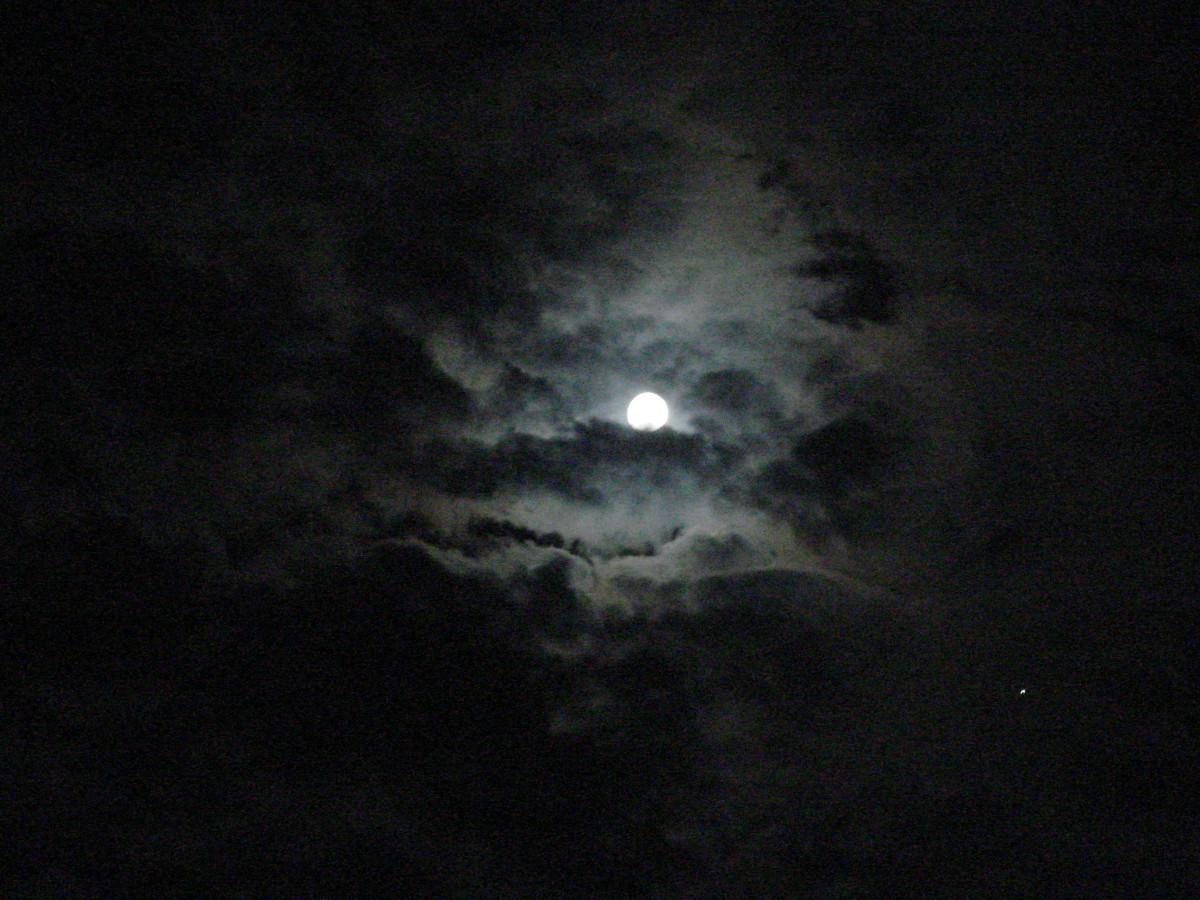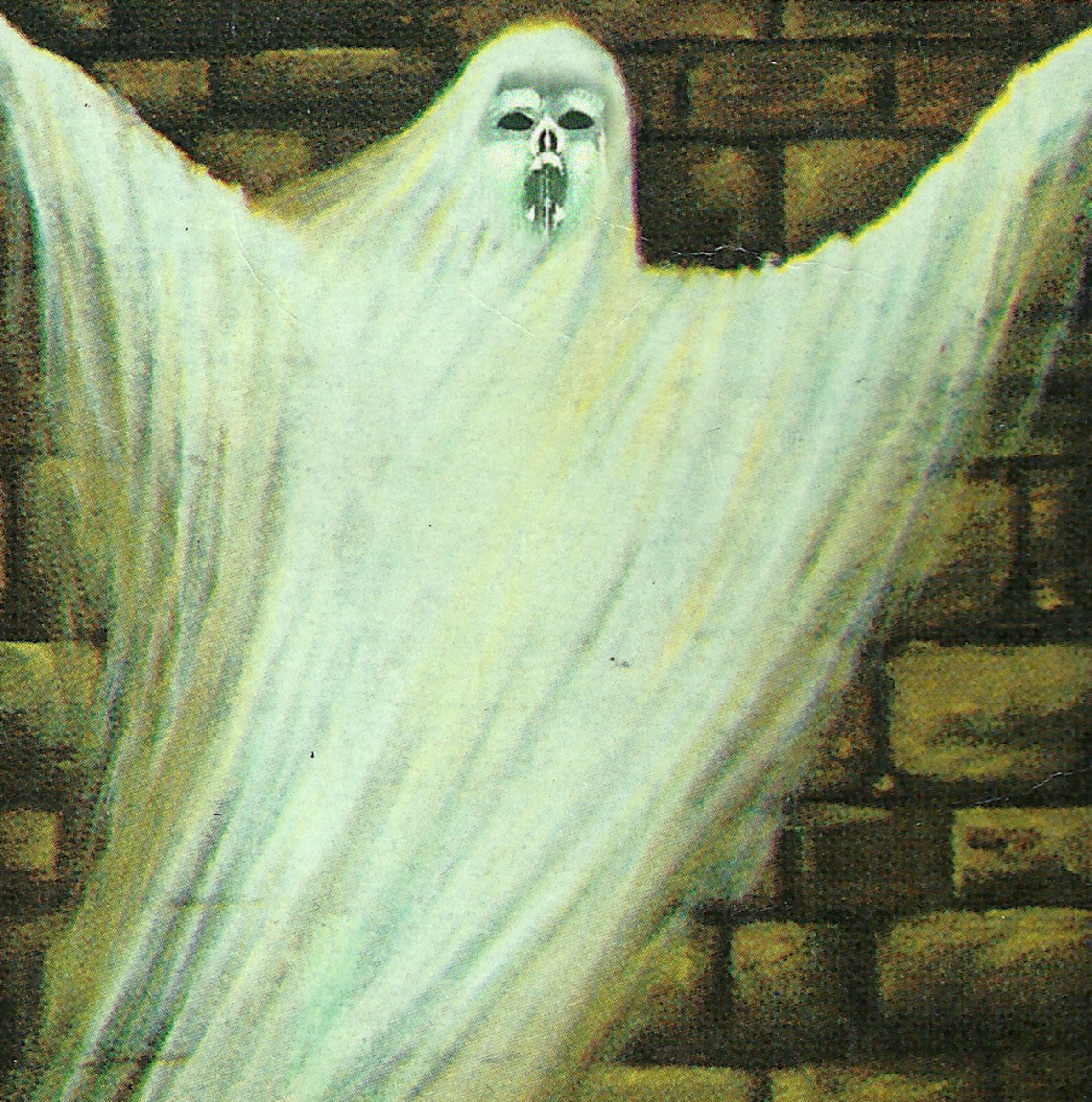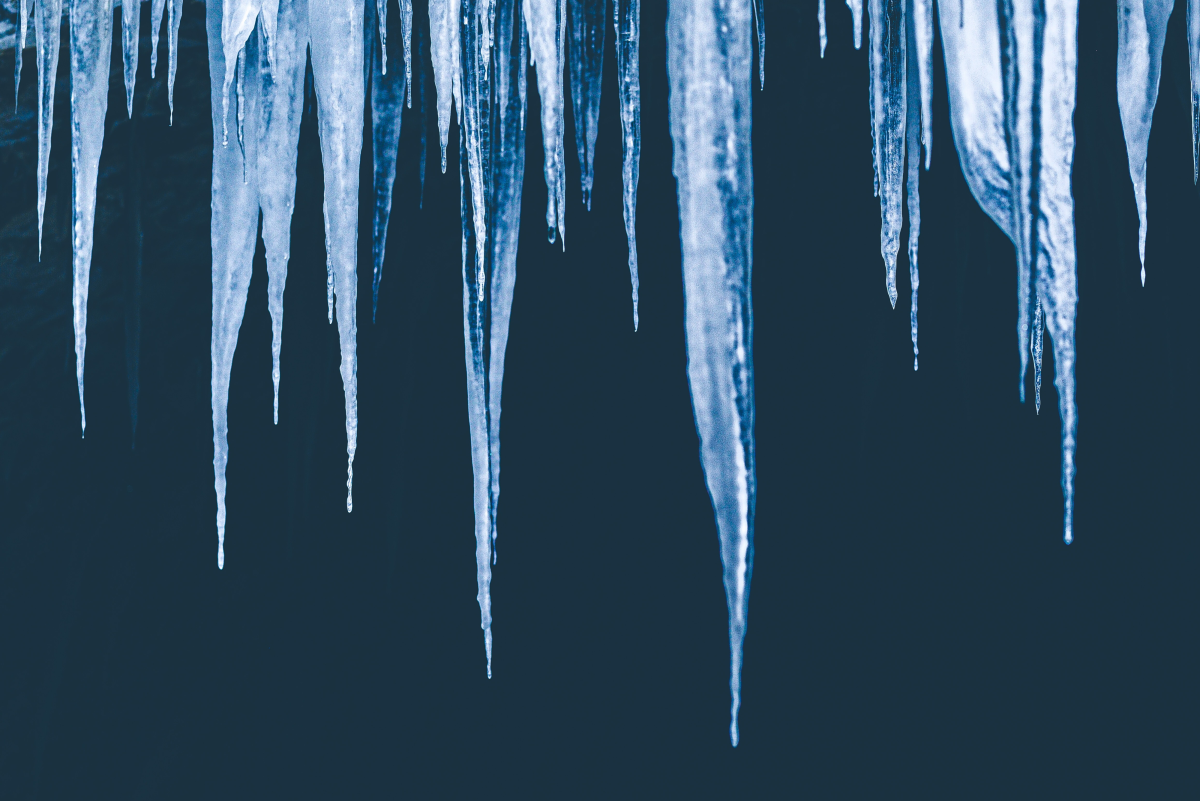The Six Greatest of All Arts: Classical Music

Beethoven
| Symphonies
| Film Music
|
|---|---|---|
John Williams
| Mozart
| Handel
|
Hans Zimmer
| Arias
| Opera
|
Bach
| Shostakovich
| classical
|
Tchaikovsky
| B-minor
| Baroque
|
Classical: Making Angels Dance on the Head of a Pin
If classical music is not universally one of the greatest of all arts, then why does Barber’s Adagio for Strings always rally along folks of all walks in life, maestros and commoners alike, to commemorate the passing on of famous lights in the world? Poignant examples was when they played the single-toned, sad piece upon the demise of Albert Einstein, and during Franklin D. Roosevelt’s death ‘broadcast’ (Keller, 2010). It is also famous from being composed in a century that most can identify with, the twentieth, the age when Barber, the composer was born.
With this introduction, here is why listening to classical music is an evocation of form in architecture, seeing a ray of light in a dance album, visualizing a film’s score in real solidity, and approaching the stage as a set of lines that will resolve into an act such as ballet. If a book is not classical music in disguise, then ballet is not opera!
Forearmed with such verbal weaponry, below is an espouse as to why people still listen to Ludwig Van Beethoven’s Symphony No. 5 and why the novelist, Dan Brown(2003), in the Da Vinci Code, included the Fifth as one of the epiphanies of art that celebrates the female and male union due to its exact formation in several movements, and why the Hallelujah chorus in Handel’s Messiah and will remain a glorious piece forever; and why Wagner’s the Ride of the Valkyries will always be a vision of lights, sounds and graceful technological movement in Ford Coppola’s film, Apocalypse Now.
Simply it is an art that can make angels literary dance en-masse on the head of a pin just to celebrate the sad ecstasy of an Italian aria or continental symphony.
Ethereal Magic of Classical Music
Arguably, classical music can cheat one, more than any other art, this being a real reason for greatness, into liking a piece. At first, when Garter heard Symphony No.5 being presented for its inaugural, he thought its composition was a threat to civilization, and the concert master the masterpiece as ‘rubbish’(BBC podcast) only to ‘recant years later’(BBC Podcast).’ The same way was what myself felt when I listened to the now very copied piece only to love it forever perhaps due to its bittersweet perfection and hate-to-love approach.
Books, paintings, architecture, pop and film arts have no as high a level of subtlety at evoking ethereal climaxes as in classical music. Neither in Mona Lisa, The Brothers Karamazov, Gone with the Wind, or Stairway to Heaven are poignant artistic merits so ethereal, as in the famous chorus in Symphony no. 9 by Beethoven. It does not take one to view a recent film like Get Smart to appreciate the above symphony: in the comedy drama thriller, the crescendo of the chorus is at its highest pitch in an auditorium, even as the detectives and secret agents play hide and seek inside the soprano-clad air pregnant with glorious murder. Such feelings are not manufactured any more even in the ecstatic-turned vogue of classical-inspired techno and electronic music. [Keller, 2010].
An Impeccable Spin Through the Ages
The Mannerism era, common for Baroque, when classical music finally found a majestic breakthrough is unlike eras in all other arts. Swafford(1992), through his book ‘The Vintage Guide to Classical Music’, reveals that JS Bach belonged to this era, and being arguably the father of modern classical music, it is inevitable that he produced one of the most recognizable tunes, the Fugue. In the Mannerist manner, which was actually a period of resolving between form, spirituality and empathy leading to very graceful, strained but quite canonical works of the mind, it is strange that George F. Handel( Swafford, 1992), with his iconic and highly melodic Hallelujah chorus from Messiah belonged to the age. Shaw(1999) provides a didactic, choral CD-aided review of the famous composer that can act as a starting point for falling in love with his choral music.
That Mozart, who was the iconic figure of the next classical period is the predecessor of Beethoven, who also belonged to the same Classical Era is hard to believe. Comparing the child music of Mozart with its sometimes deep resonant arias, especially in operas like Don Giovanni and symphonies like No.40, and the masterpieces of perhaps the greatest composer of them all, Beethoven, it becomes a little hard not to give classical music an uncanny ability unknown to other forms in that genius introduces greater genius. In books, it is always mostly the older writers who are greater than the newcomers, though in a relative way of speaking, but in classical, it is the other way round.
In fact, Tchaikovsky who covered the period that followed, The Romantic and Post Romantic era of ‘1825 to 1900’( Swafford, 1992), came, in my opinion as a greater Mozart. His tonal melodies in piano pieces as Piano Concerto No.1 and 2 ( which a critic actually called garbage only to recant in years to come following the greatness of the piece), and his masterpiece of history, 1812 Overture, which apparently America soon would use regularly as an anthem, strange to say for a Russian composer, it is not hard to deduct that genius comes ready and loaded at any time. The booming closing of the Overture with its realistic cymbals, gunshots and firecrackers attest.
Then, as any great art would do, classical music came into the modern era with such iconic names as ‘Claude Debussy… Jean Sibelius and Charles Ives’(Swafford, 1992), all of them from different lands in Europe and not the traditional German, Austrian or Italian roots, to make history of a great art live on in the modern era.
The Modern Era and Classical Stoic Staying Grace
Names such as…Shostakovich, Carter, Boulez, Schoenberg, Bernstein, Zimmerman even familiar film composers like John Williams and Hans Zimmer will ring a chord to the modern ear.
Their presence is a stultification of the fact that classic music does not enjoy such epithets as other music genres of being dead; rather than plummeting, it lives on gracefully.
Perhaps more than any other art, classical music has the staying power of defying class distinctions and overcome the poison of being only an exclusive art. For most, classical is not in their list for it passes as the music of the upper classes, those weirdo’s who have what it takes to take a toneless drawl by a mezzo soprano, like Cecilia Bertoli, for three minutes on end without wincing an eye. For this reason, it is not surprising that up till now, there are many compositions of the genre (musicals, sound tracks, stage opera, techno adaptations) that have fawned a different class of listener, altogether, for they have brought this music of the elite to the masses, so to say.
Firstly, there are the movie soundtracks that kicked it off at the outset of cinema in the twilight years of 1800s and have inspired the inspiring déjà vu of the Flower Duet that is available in not only the film Lakme, but British Airways’ deck lounges. In fact this particular opera has become legendary at even inspiring such acts as LL Cool J with the rap epiphany of Lakme called, Dear Mallika.
With classical music, and a top reason for its being among the greatest of all arts, the new mode goes hand in hand with the times. For instance, novel instrumentation (Scaruffi.com, 2015) has introduced such new pieces with weird arrangement of notes as Schaeffer’s ‘Symphionie Pour Un Homme Seul’(Scaruffi.com, 2015) of 1950. Needless to say, the guitar, traditionally not a component of classic equipment of the masters waded into the new age of the genre when classic rock merged with psychedelic and other progressive styles to form the orderly madness that is operatic rock. One is only to give an ear to Evanescence’s cooler vocal outputs like Lithium and the masterpiece of the genre, Nightwish’s Amaranth, to know that classical still lives on in new instruments of the pop-punk generation.
It is also possible to feel the magic of Mozart in new forms that one could not even have imagined possible in such a maturely graceful art as classical music. For any other art to ascribe new formats to make the century-long love with fans carry on even with the threat of mediums like film vis-à-vis books and photography vis-à-vis paintings, it needs great grit and grace. This is why some tecno acts have made some of the classics of the Classical era’s prodigy to seem as a sensual ditty but yet still enthrall both traditionalists and purely techno heads alike (itunes.apple.com, 2015). Listening to Canon in D Major is one of those exclusive gifts that will sway both for racy hints but still pass as worshipful music as the original instrumentation.
That closes the chapter, even if insufficiently, for there are a lot of fine examples of how music geniuses like Bach, Beethoven and Tchaikovsky have all had a hand to play in an era where the current masters are experimenting with instruments and film scores alike to find a chaste balance.
Summary: No other Art is as Chaste as Classical Music
In short, classical music comes is at number three among the six greatest of all arts because of its virgin balancing act. It acts as a medium that paintings can borrow when they are chaste (reminds one of Raphael’s Virgins paintings), just as it serves as mood engender in films (think of the arrangement of List’s On the Blue Danube in 2001, A Space Odyssey) and as the reason for books being so sweetly studious sometimes (think of Count Fosco’s comparison of northern European symphonies and Italian oratorios in Wilkie Collins’ celebrated Victorian mystery novel, The Woman in White). In architecture, one can see muses dancing in the steps of the Eiffel Tower and that is classical music, a chaste balancing act.
A recap of what has been before in this series: The Six Greatest of all Arts
Read on next time to find out why architecture finds a slot in number four among the greatest of all arts.
References
Swafford, J. (1992), ‘The Vintage Guide to Classical Music.’ Vintage Books, NY.
Shaw, W., (1999)‘G.F Handle: Choral Edition: Messiah’ novella &Co, Ltd.
Keller, J. (2010) ‘An Adagio for Strings, and for the Ages.’ New York Times. Retrieved from: http://www.nytimes.com/2010/03/07/arts/music/07barber.html?pagewanted=all&_r=0
A Brief History of Classical Music: From: http://www.scaruffi.com/music/classic.html
Modern Classical Music. From: http://www.scaruffi.com/music/modern.html
Brown, Dan (2003) The Da Vinci Code, Random House, NY, Print.
BBC Proms. From http://www.bbc.co.uk/programmes/b01qlpcg








